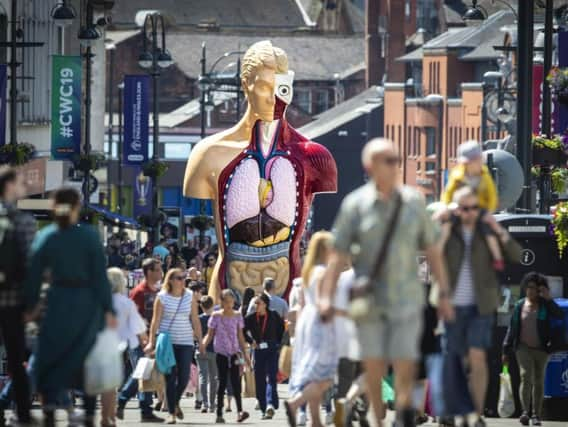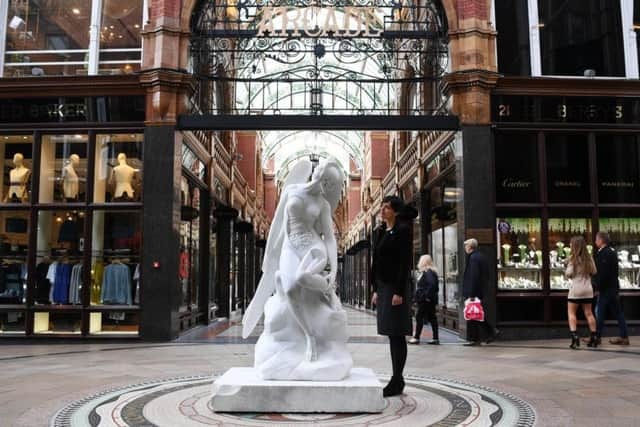Leeds revealed as Yorkshire's cultural hub


This is the view of Leader of Leeds City Council, Councillor Judith Blake after a new report published by Arts Council England revealed the city’s arts and council sector was the biggest in the Yorkshire region over a five year period.
The report, commissioned by the Centre for Economics and Business Research (CEBR), gathered information between 2011 and 2016 and found the arts and culture sector in Leeds created £100 million Gross Value Added (GVA) in 2016 - equating to 27 per cent of the total Gross Value Added in Yorkshire and the Humber during 2016.
Advertisement
Hide AdAdvertisement
Hide AdThe report has also found that during this same time period, Leeds employed the largest number of people in the arts and culture sector (2, 213) across Yorkshire and the Humber.


Coun Blake said: “Our city’s reputation as a place to experience world class culture, art and performance has grown exponentially in recent years and we can say with every confidence that Leeds stands shoulder-to-shoulder with some of the world’s leading cultural hubs.
“By fostering an environment where culture is such a key part of life in Leeds, we are making the city a place where our communities have a voice, where their heritage and history is celebrated and where we have a shared sense of what makes Leeds so special.
“That in turn has huge benefits for our residents, helping us work together to meet challenges such as mental health and social isolation as well as supporting community cohesion and creating sustainable employment. It also encourages the creativity and ambition of our young people, who can see they are growing up in a city where anything is possible.”
Advertisement
Hide AdAdvertisement
Hide AdJust last month, Kully Thiarai was announced as the creative director of Leeds 2023, an international cultural festival which rose from the ashes of the scuppered bid to be named European Capital of Culture. The bid was torpedoed by the European Commission when it declared UK cities ineligible for the title following the Brexit referendum.
Leeds announced that it would defiantly continue with its plans for a year of cultural activity in 2023 despite the setback and Ms Thiarai will lead hundreds of other organisers and thousands of artists in a year which she says will transform the city and the region.
Ms Thiarai has said she is committed to putting culture at the heart of the city as part of her new role.
Coun Blake said: “With events like Leeds 2023 and the redevelopment of the Leeds Playhouse also on the horizon the future looks bright for culture in Leeds and we’re immensely proud to see that being recognised.”
Advertisement
Hide AdAdvertisement
Hide AdPete Massey, Arts Council England’s Director for Northern Economy and Partnerships has also praised the city’s ambition for the future.
Mr Massey said: “Leeds’ ambitions for culture and its part in the impressive Yorkshire Sculpture International currently underway across the city region are testament to the role that arts and culture is playing in the economic life of the city.
“It comes as no surprise then that Leeds dominates the figures for economic impact of the sector in Yorkshire and the Humber, with more than 2,200 people employed and a total annual GVA of £100m.
“The arts and culture sector also contributed to the success of the visitor economy where we know that Yorkshire and the Humber received the most visits from domestic tourists which featured culture-related activity in the North."